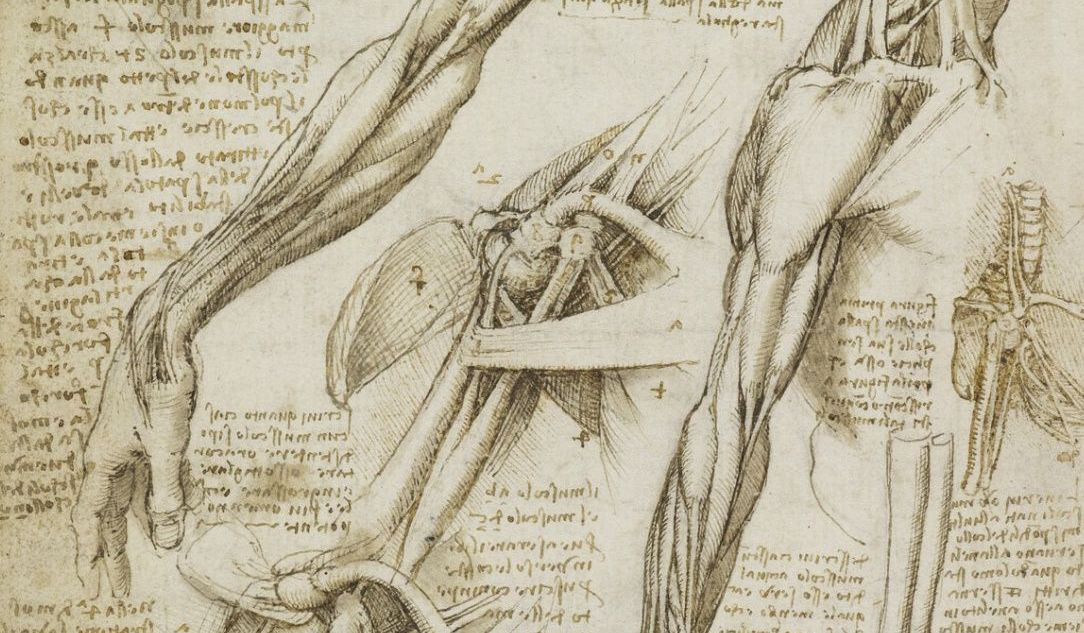 Perception is the art that should be mastered when facing creations by image, from illustration, painting to photography and "motion picture"; I use the English term because the closer it gets to the concept of what they are, that is, moving images.
Perception is the art that should be mastered when facing creations by image, from illustration, painting to photography and "motion picture"; I use the English term because the closer it gets to the concept of what they are, that is, moving images.
Before home recording systems and the ability to review images, people's taste was linked to concepts and content, while as home viewing systems spread over the past 40 years, there were gradually false needs of higher quality and sharpness created by marketing than by the real demands of the average viewer. , who watches a movie in the theater screened in Imax, or poorly streamed on the 4-inch cell phone, and forgets both with the same speed.
The obsession with sharpness faced several stages, in the 80s there was no means to have real sharpness due to the limitations of the video media that captured the images, and the film was often too expensive for video makers (at the time they could not be categorized as a filmaker precisely because the video, the tape, were the main working tool for those who narrated for low-cost images).
In the video the sharpness did not really exist, both because the amount of information that can be recorded even on betacam tape (cameras from a hundred million of the old lire) were really few (according to today's reasoning), both because the lenses were calibrated on that type of sensors and recording capabilities, and because the dynamic range of those sensors ccd, although good , it did not allow to side with information that generated a certain level of contrast without losing intermediate information (flatten the whole thing).
With the introduction of Digital Video, several digital image "improvement" systems have been introduced, including sharpness, a digital contrast mask that increases the incisiveness of some details, but in a flat way… that is, since they are simple systems of image manipulation, sharpness increases the local detail of neighboring and farnt objects, and therefore the effect becomes annoying and artificial, see the article on the effect of telenovelas.
With the improvement of technology and resolution, video images grew a lot, but the obsession with sharpness (of technicians) always involved this video effect (sharpness) that always made the filmakers turn their noses up until… cameras came.
The very recent introduction (2008) of dslr videos made a remarkable leap on the rendering of images, precisely because it was referred to as pasta, a less clear (not blurred) but natural image of the cameras that offered even in a compressed signal of the most cinematic images, but with the advantage of dynamic range of photographic sensors and often with interchangeable lenses less "wide like" which were the two achilles heels of the cameras.
With the spread of digital cameras all these elements have become available and disseminated at all levels of purchase, but there is always this obsession with sharpness on the part of the Pixel Peeper, who look at every frame enlarged 300%, looking for all kinds of defects as if they were those who were the real responsible for the quality of the product.
Sharpness seems never to be enough … too bad that too much sharpness CAUSI a number of not negligible problems:
- more strobe images because they fix for longer on the retina
- request for more dated for details that will disappear during the delivery
- excess sharpness can create moires
- the depth of an image is also given by the "aerial perspective" described by Leonardo in his "painting treat" a perfectly sharp image tends to be even flatter.
- requires more and more accurate lighting to divide floors and identify different areas
- it often leads the brain to get distracted by looking too much at the detail and less about the content.
Many filmakers confuse static photography with moving image and insisting too much with detail risks diverting attention and content. The dslrs exploded thanks to a greater softness of image while remaining detailed.
Of course, on the one hand there are physiological laws where a perceived image in a way has a rendering, on the other the personal taste where the viewer wants more "what I like".
If you increase the sharpness of the images you have to increase the framerate captured and reproduced, it is a physiological law, otherwise the images will have a thousand problems, because our brains and our eyes work in this way, and as far as the detractors, the technicians speak, have not yet upgraded these two devices 😀
